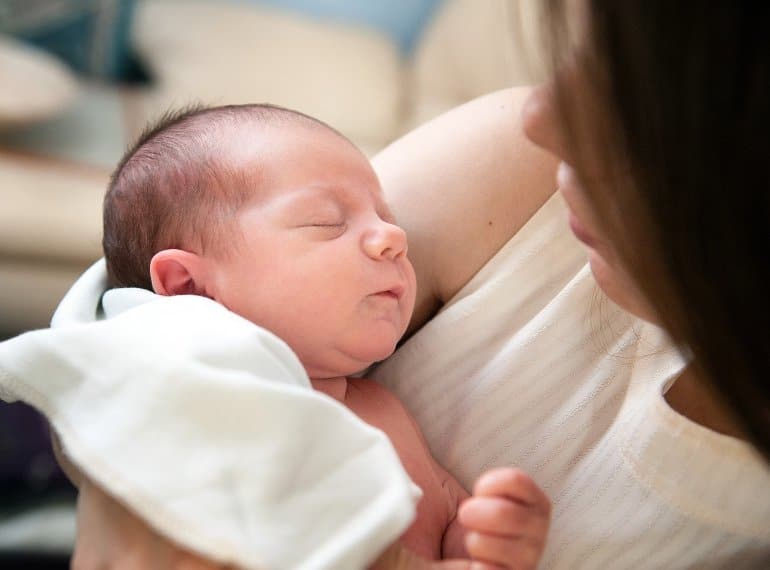Summary: Symptoms of postpartum depression usually begin to arise three weeks after the birth of a child and are defined by differences in mood and anxiety levels. PPD can last for a year or longer. Baby blues, by contrast, typically last for two weeks.
Source: Mayo Clinic
Postpartum depression is real. The Centers for Disease Control and Prevention says 1 out of every 10 new moms suffer from it. It’s much more than what’s called the “baby blues” because it lasts longer and tends to be more severe.
Symptoms include mood swings, anxiety, sadness, crying irritability and feeling overwhelmed. Prompt treatment is important, and Mayo Clinic experts say it works.
It’s been a month since you welcomed your new baby into the world. You’re supposed to be elated. Instead, you feel sad, lonely, irritable and depressed.
“Postpartum depression is typically defined as mood symptoms, anxiety that presents in women—usually within three weeks or longer, say up to the first year after delivery of their child,” says Dr. Summer Allen, a Mayo Clinic family physician.

Dr. Allen says that postpartum depression is different than the baby blues, which typically lasts about two weeks.
“Postpartum depression, or maternal mental health as it’s being referred to now, is normal and happens to a lot of women, and can have a varying degree of severity,” she says.
Credit: Mayo Clinic
Help and support are key to coping. Get as much rest as you can, accept help from family and friends, connect with other new moms, carve out time for yourself and avoid alcohol.
Talk to your health care team if you have any symptoms because treatment can help.